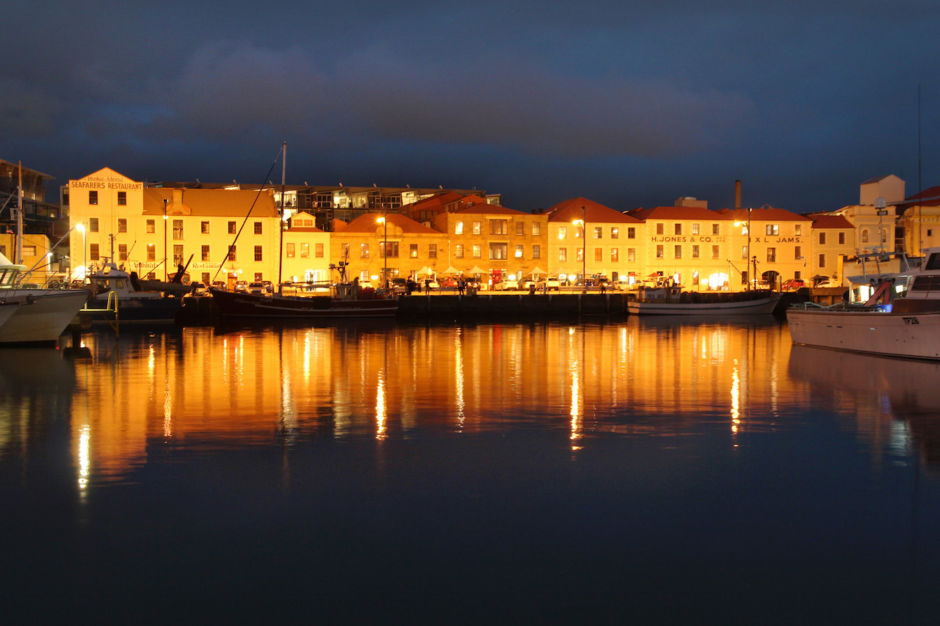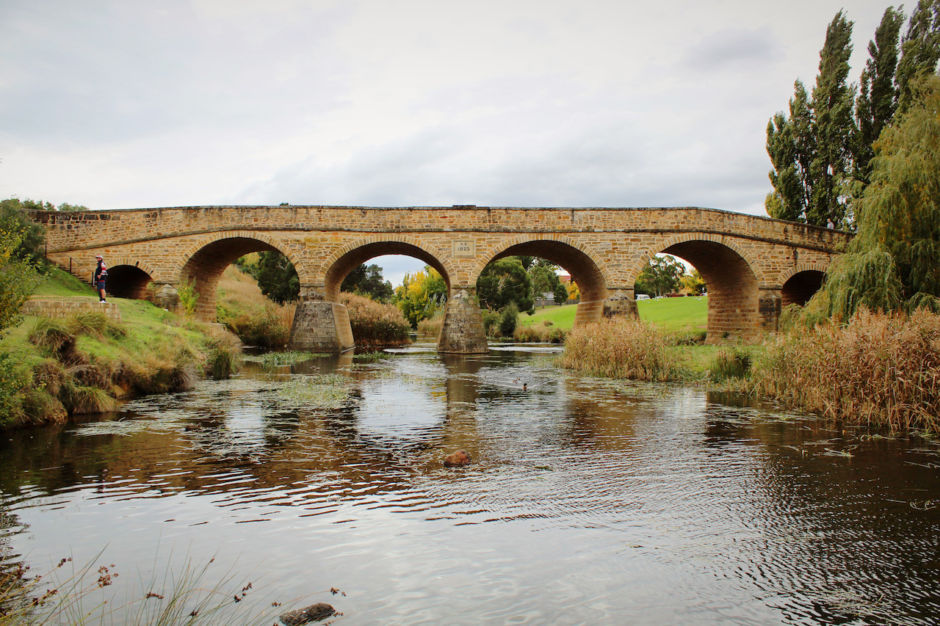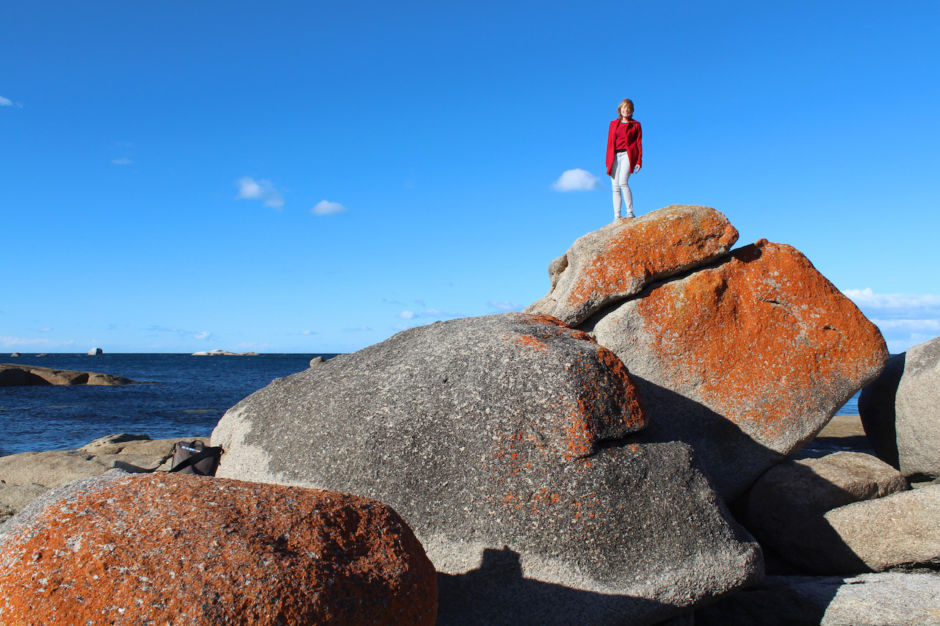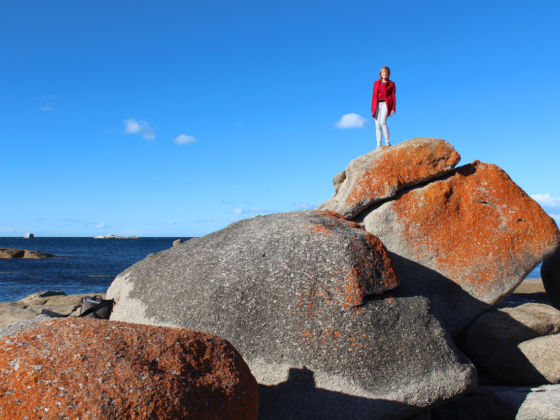It’s amazing what people are missing out on when they leave Tasmania off their trip to Australia. Tasmania is a naturally beautiful state that will thrill anyone who loves getting their camera out to capture spectacular landscapes and scenery.
As a photographer who spent 22 years living in this lesser-known part of Australia, here are a few photos that I’ve collected over the years which prove that Tasmania is far more beautiful than you might have realized.

Hobart
Hobart is the second oldest capital city in Australia, which means that it’s teeming with beautiful old buildings, many of which were constructed from sandstone in the 1800s. If you take a walk around Hobart’s wharf to see Hunter Street, you’ll get a perfectly photogenic view of the historic hotels and pubs that still line the waterfront.

The Derwent River
As one of the deepest river ports in Australia, there is a constant supply of ships and boats that make their way into Hobart from the Tasman Sea via the Derwent. This particular view of the Derwent River is from the Taroona Shot Tower, which was built in 1870 and was used to create shot by dropping molten lead from the top, which cooled and fell into a pool of water at the base. The attraction is relatively unknown to tourists, and offers lovely views looking southeast along the river.

Mt. Wellington
Mt. Wellington sits as a towering backdrop to Hobart and is easily accessible by car from the city. You can drive all the way to the summit, a spectacular viewpoint looking over the city and the Derwent River. Mt. Wellington is also the perfect place for stargazing, as the light pollution at the summit is nearly non-existent. For photographers, this is the perfect place to get shots of the milky way and night sky.
Intermission

Richmond
A 25-minute drive from Hobart will take you to the historic town of Richmond, which features Australia’s first convict-built bridge, an old jail, a fence maze, a collection of quaint cafes and antique stores, and a killer lolly shop. On the drive there, you'll pass gorgeous rolling green hills and some of Tasmania’s finest vineyards.

Bruny Island
Bruny Island is accessible by ferry from the town of Kettering, and is the perfect place to see some local wildlife. The island holds some ultra-rare species including the albino wallaby and the wedge-tailed eagle, as well as echidnas, fairy penguins, and seals. An essential stop on Bruny Island is the lookout along ‘The Neck’, which gives you a unique view of the thin strip of land that connects the two larger sections of the island.

Bicheno
This quaint seaside town on Tasmania’s east coast is popular among tourists who are road-tripping around the island state. The town’s relatively close proximity to Freycinet National Park makes it a convenient place for an overnight stay. It also has an incredible coastline which features large rocks spattered orange-red color -- a unique naturally-occurring event caused by high levels of iron in the rocks, which turns to rust when battered by the salty ocean.

Freycinet National Park
Tasmania’s east coast holds the state’s crown jewel - the spectacular Wineglass Bay in Freycinet National Park. Wineglass Bay, which has a secluded and pristine white sand beach that stretches in a casual arch along the shoreline, is nearly empty of tourists due to its remote location.Wineglass Bay is only accessible by foot or boat. You can walk uphill to a great lookout (a fairly easy 60-80-minute return hike from the car park) or continue the extended walk down all the way to the beach (about a 2-hour return hike, which is well worth the effort).

Cape Hauy
The Cape Hauy Track, which sits inside Tasman National Park, takes you along the top of some of the tallest sea cliffs in the world. At 300 meters (980 ft.) tall, the cliffs provide jaw-dropping views of the jagged Tasmanian coastline. The return hike to Cape Hauy from Fortescue Bay takes around 3-4 hours return.
